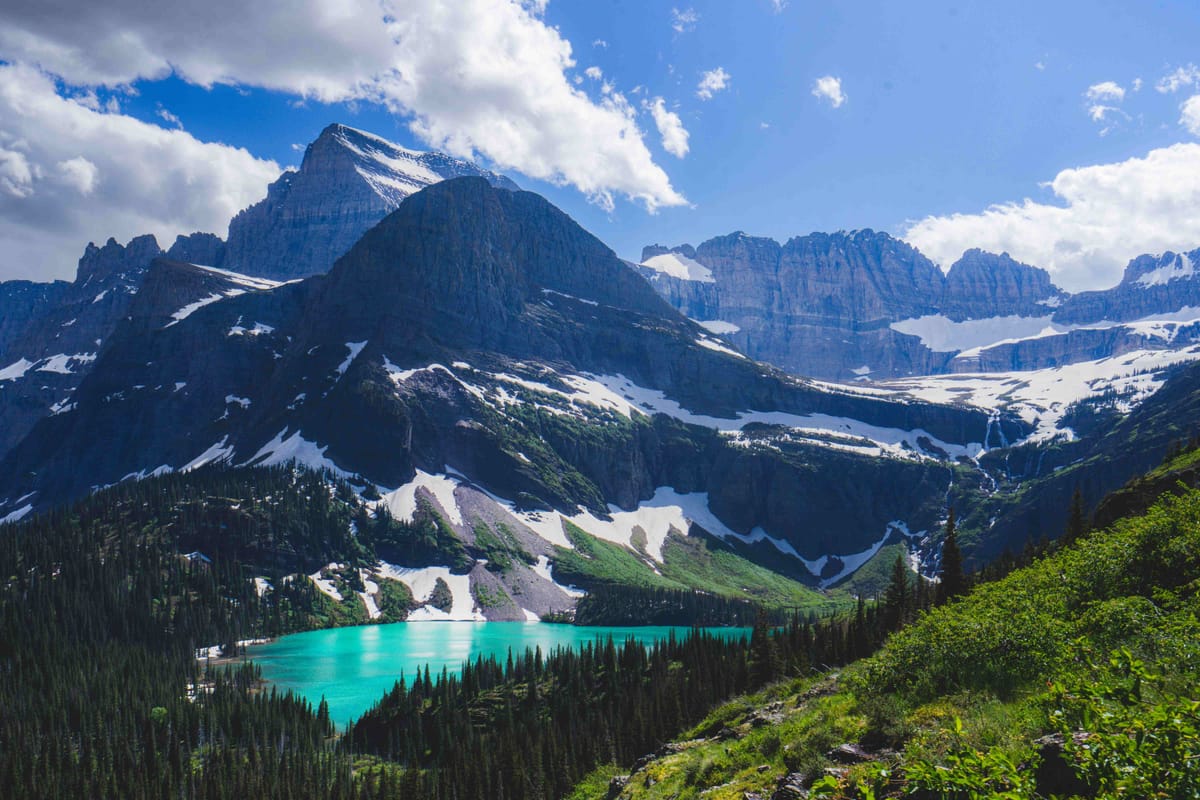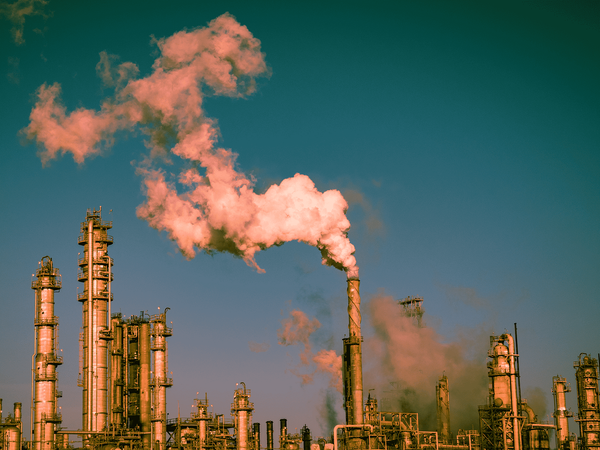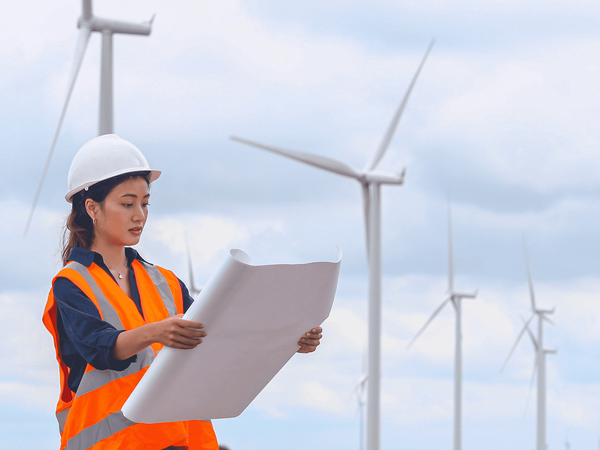Heatwaves accelerate glaciers' rapid meltdown in Europe

Many European countries saw relatively little snowfall last year, making the Alps vulnerable with comparably little ice cover. Then the summer came this year with three heat waves (until now), marked by temperatures over 30°C, and these heat waves are melting the glaciers.
Warmer weather leads to more slow-moving storms, which practically means heavy rains for a long period. As a result, more water is dumped over a small area, increasing the risk of flooding. Last year, the impacts of slow-moving storms were seen in Germany and Belgium, with devastating floods.
Read: Heat wave grips Europe: Climate crisis intensifies
Warm temperature also means the melting of the ice on land, which eventually contributes to rising sea levels. Scientists look at the difference between the amount of snowfall in winter, and ice melts in the summer to measure the amount of glacier shrunk in any given year.
According to the UN Intergovernmental Panel on Climate Change (IPCC) in 2019, the past emissions have had a huge effect on glaciers already. Therefore, regardless of how much the emissions are there in the future, most of the glaciers will melt anyway. Larger glaciers are expected to lose 30-70% of their volume by the year 2050.
Melting glaciers
Glaciers are a large range of ice that is several hundred to a thousand years old. They perform as a protective cover over the earth’s surface, as they reflect excess heat into space and keep the planet cooler. However, with the rise of industrialization since the early 1900s, human activities have caused continuous emissions of CO2 and other greenhouse gases (GHG). This has caused the global temperature to rise and glaciers to melt rapidly.
With the current course of rising GHG emissions, the global Alps glaciers are expected to lose more than 80% of their current mass by 2100. An inventory of all the glaciers of the Alps published in 2019 found a decrease in the area of about 15% since 2003. Only in the last decade, the rate of glacier loss is estimated to be about 2% annually.
Read: What Does It Cost To End Climate Crisis?
This year is particularly a bad year for Europe— heatwaves and low snowfall have made it especially hard for the glaciers to survive. The intense climate change-induced heat waves are melting glaciers in most parts of Europe faster than ever. Greenland’s ice sheet is disappearing four times faster than in 2003 and already contributes 20% of the current sea level rise. The country's ice sheet melting is expected to be doubled by the end of the century.
In Switzerland, 1,400 glaciers have lost more than half their total volume since the early 1930s. Guglielmina Diolaiuti, a glacier expert at the University of Milan believes about one-third of all glaciers in the Italian Alps have disappeared since the 1960s.
Germany also has challenging years ahead. According to the Potsdam Institute for Climate Impact Research (PIK)’s report, temperatures are expected to soar in the coming years and, there will be a lot more hot days and milder winters by 2060.
Germany’s one of the top tourist attractions— Zugspitze, which is the country’s highest mountain, has been the subject of concern currently. The glacier located on top of the Zugspitze, called ‘Schneeferner”, is measured to have the lowest snow depth since the recording began in 1901. With extreme weather becoming more frequent in the future, experts believe that Germany’s glaciers could disappear by 2050.
Read: How Are Volcanoes Bad For The Climate?
Europe’s challenge
Another factor that affected the glaciers this year is the dust and sand blown towards Europe from the Sahara desert. Normally, when the sun shines on the snow, most of the solar energy is reflected and does not melt the snow. This year, the snow surface has been covered by dark sand from the Sahara, which has absorbed heat and melted snow.
The glaciers’ rapid shrinking has welcomed innovative ideas on how they might be saved, especially for tourist attractions, such as ski resorts. One way was to cover glaciers with a layer of reflective foils, which reflects sunlight away from the ice, preventing evaporation and melting. In Zugspitze, locals have previously made an effort to save ski areas from melting by covering them with reflective foil. They used to study where the glacier melted the most in autumn and cover those places the following spring. A similar study was carried out in northern Italy, and they found that glacial melt was reduced by up to 69% compared with an uncovered glacier.
While it may be useful for ski resorts or other places trying to preserve small patches of a glacier, this isn’t likely to be feasible on a large scale. According to a 2021 study on Switzerland’s glaciers, the technique only covered 0.02% of the area. Leaving the logistical difficulties aside, the cost of the foil is another hinder. In Switzerland, it prevented as much as 350,000 cubic meters of ice loss annually between 2005 and 2019 but it cost up to 8 Swiss francs per cubic meter. As the country alone loses around 1 billion cubic meters of glacial ice each year, an annual price tag will be in the billions.
Read: 'Green' Gas And Nuclear Could Divide The EU
Read: We May Not Meet The Climate Target!
Melting glaciers add to rising sea levels, which in turn elevates more frequent and intense coastal storms. The effect of GHG emissions is boundless. They bring heatwaves, storms, droughts, melting glaciers, and many more. We may survive a heatwave by retreating indoors using energy-intensive air conditioning systems, but while we do that, we cannot deny the fact that the switch to stop melted glaciers-induced floods and other disasters coming to our door was with us all this time, had we acted on time.
Summary
- Heatwaves have made it difficult for the glaciers to stay frozen
- Dust waves from the Sahara are one of the reasons for glaciers melting
- Global Alps glaciers are expected to lose more than 80% by 2100
- In Germany, glaciers are predicted to disappear within 50 years



